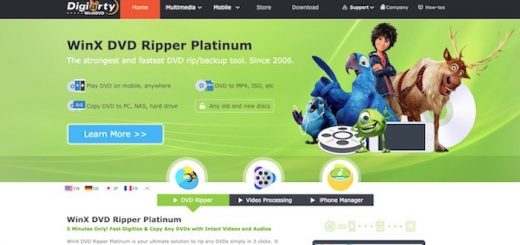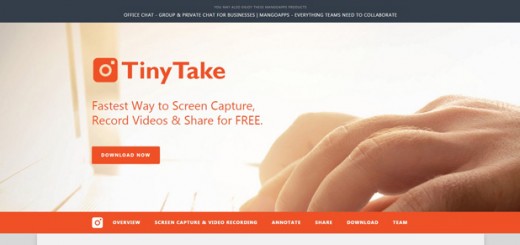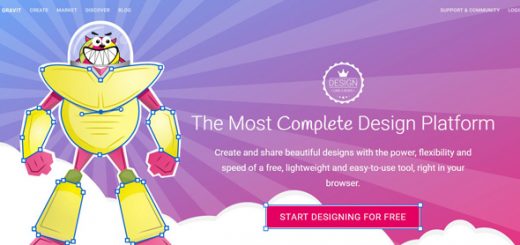Surveys offer an excellent way of collecting responses for gauging customer satisfaction. They allow any business to gain insight into their market niche. The customer insight provides a basis for developing a business strategy. Surveys enable companies to understand their customer demographics and their needs. The most important thing about survey is it allows a business to gauge customer satisfaction.
A business can pick up customer dissatisfaction such as unclear messaging, poor support from the company, and faults on the checkout page. Although such information is negative, it allows your business to strategize on improving customer experience, which in turn creates loyalty, customer retention, and increase revenues. Another important aspect of the survey is it can help your business build testimonials. Testimonials are a great way of building trust and confidence especially among new clients who want to try a new merchandise for the first time.
Optimizing customer experience is an excellent means of acquiring new customers and fostering customer loyalty among existing clients. Today, less than half of marketing executives make use of customer engagement data to base their promotional strategy. Again, marketers and leaders in organizations often neglect the customer, prior to and after the sale. However, the most significant barrier is the failure to understand the customer in the first place.

Having an extensive understanding of your clients is fundamental to the success of your business goals. A good way to better understand your customers and target audience is through market survey questions. Whatever your purpose (increasing sales, developing or optimizing customer experience, or developing engaging content); you will only yield success when you understand your clients better.
Here are some five ways you can get a better understanding of your clients.
1. Apply Intelligent Customer Engagement
Optimizing customer engagement will improve revenue and client retention. If you strike it right, it becomes a good source of customer insight. Today, new tools allow for smooth engagement with clients in real time. For example, Messenger is a favorite customer service channel. Drift and other tools will enable you to talk with your client while browsing your website.
The tools offer an excellent way of gathering customer insight. The data you amass (from interacting with clients on the different channels) will give you a better understanding of your customers. Work in conjunction with the customer service team to establish patterns and respond to the insight you generate.
Customer engagement will also help improve customer development. Regular phone conversations with your clients on a regular basis can help you get a deeper understanding of their woes, needs,and challenges. You can schedule regular calls so that you comprehend what your clients love or dislike about your merchandises.
In the initial stages of the customer journey, make the engagement friendly so that your clients can respond freely and openly. Encourage clients to share their point of view by having a customer satisfaction survey in your email drip. You can use these three principles to design your survey:
Eliminate prejudice
Let your customer share their opinion without your influence. This will allow you to get genuine insights.
Be concrete
Rely on a simple language that probes for comment on a particular matter.
Focus
The surveys should address a given area of the customer experience. You want to acquire insight that you can use as a basis for your decisions or improvements.
2. Develop More Robust Buyer Personas
Often marketers use general demographics such as age, location,and profession to establish their buyer personas. These demographics provide insufficient information to develop a messaging that has a resounding effect on your audience.
Consider using the Acquisition tab on Google Analytics to delve deeper into your audience preferences. The tool will help you establish the origin of traffic on your site. Such origins include social media outlets, professional forums, industry blogs,etc. Use this information to determinehow (when and on which platform) you can reach your personas effectively.
Acquiring keyword data is also very important. It allows you to identify the terms and descriptions that buyer personas use to refer to your services. Google Webmaster tools will enable you to generate a list of popular keywords that lead people to your website. You can use these keywords to segment your customers and reach them more effectively.
3. Generate Data from Customer Analytics
Visitors to your website leave a trail of valuable information that you can use to analyze customer’s behavior. Such trails of data include clicking on a link and the time they spend on a webpage. Behavior tracking tools can help establish how clients interact with your website. Tools such as Google Analytics and Inspectlet offer a means of collecting customer’s behavior on the site. The tools allow you to gather information such as the time a client spends on a page and the bounce rate. Inspectlet can capture short videos of users on your website in real time.
In addition to these tools, using platforms like Conjointly, or similar options, can further increase this understanding of customer preferences and behaviors. By using such research tools, you can gain deeper insight into customer decisions and refine your strategies accordingly. The data you collect will give you an insight into what the audience seems not to understand, their preference and what they do not like. This insight will help you develop a stronger website experience. For example, you can adjust the interface of a webpage to make it more user-friendly.
If visitors spend more time on a given page than other pages, you can analyze the contents of the page to understand what retains people’s attention on that page. Find out what makes people leave in a page with a high bounce rate.
4. Anticipate, Predict and Have plans for the future
Planning is important because it allows the customer experience team to understand how to respond to customer needs. Predictive modelling software can help in planning. The software mines current customer data to establish repeated patterns and trends that can enlighten decision-making. Examples of future modelling software include Angoss’ customer analytics and RapidMiner.
The tools analyze past behavioral data and establish features that customer frequently used and those they did not use. With trends across the commonly used features, you can establish the popularity of such features among your audience.You will also get information on the most popular pages of your website. Such information will help develop content strategies that address the challenges of your clients.




